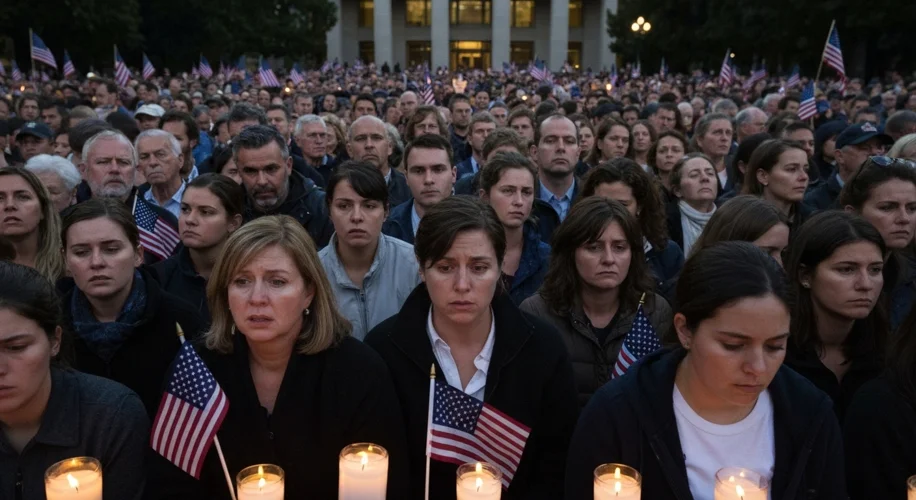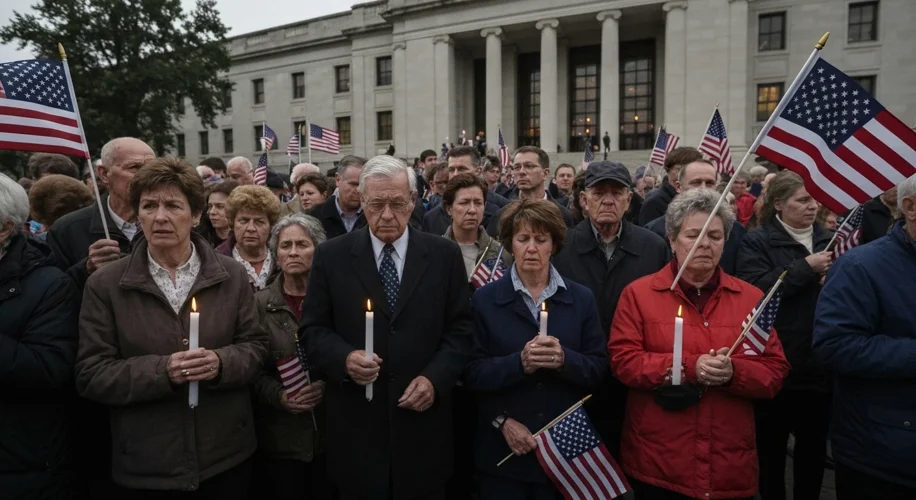The crisp March air of Washington D.C. on March 30, 1981, was shattered by the sharp crack of gunfire. President Ronald Reagan, emerging from the Washington Hilton Hotel after a speech, had become the target of an assassin. The nation, and indeed the world, was plunged into a state of shock and disbelief. In those immediate hours and days following the attempt, a palpable mix of fear, anger, and a desperate need to understand what had just transpired swept across America. Amidst the uncertainty, a familiar human instinct began to surface: the urge to assign blame.
Reagan, a charismatic figure who had captured the hearts of millions, was critically wounded, along with three others, including White House Press Secretary James Brady. The images broadcast across television screens – the chaos outside the hotel, the bloodied president being rushed to the hospital – seared themselves into the collective memory. For many, Reagan represented a return to American strength and optimism after a period of national malaise. His shooting was not just an attack on an individual, but an assault on the very fabric of the nation’s hope.
The immediate public reaction was one of overwhelming solidarity and concern. Millions of Americans offered prayers for the President’s recovery, and impromptu gatherings formed outside Walter Reed Army Medical Center, where he was being treated. The outpouring of support was a testament to Reagan’s popularity and the deep emotional connection many felt with him. Yet, beneath this wave of sympathy, a current of unease began to flow. Who was responsible? And more importantly, why?
In the fog of the event, speculation ran rampant. The assassin, John Hinckley Jr., was quickly apprehended, but his motives and background were initially a mystery. Was this the act of a lone, disturbed individual, or was there a larger conspiracy at play? The political climate of the early 1980s was highly polarized. Reagan’s conservative policies and his strong stance against the Soviet Union had generated intense opposition from various groups. Naturally, fingers began to point.
Some on the political left, still reeling from the recent election of Reagan, harbored suspicions that the assassination attempt was somehow linked to anti-government sentiment or extremist elements within the conservative movement itself. Conversely, some on the right, quick to defend their leader, suggested that the act was the work of a deranged individual influenced by the anti-Reagan rhetoric that had permeated certain media and political circles. The absence of clear answers fueled these competing narratives, each seeking to frame the event within their own ideological understanding.
James Brady, severely injured and confined to a wheelchair, became a poignant symbol of the attack’s brutality. His subsequent advocacy for gun control would eventually lead to the Brady Handgun Violence Prevention Act, a significant piece of legislation that underscored the lasting impact of that violent day. However, in the immediate aftermath, the focus was on the President and the unfolding drama of his recovery.

The media played a crucial role in shaping public perception. News organizations, working under immense pressure, grappled with reporting the facts while also trying to make sense of the senseless. The narrative of a lone gunman, while ultimately true, was not immediately certain. This uncertainty created fertile ground for conspiracy theories and partisan finger-pointing. The very act of trying to understand why it happened inevitably led to questions of who was to blame, and by extension, what forces or ideologies they represented.
As Hinckley’s personal history – his obsession with the movie “Taxi Driver,” his mental health struggles, and his admiration for Jodie Foster – came to light, the immediate political blame game began to subside, replaced by a more somber acknowledgment of the fragility of life and the dangers of unchecked mental illness. However, the event left an indelible mark. It highlighted the vulnerability of public figures and underscored the complex relationship between political rhetoric, individual psychology, and acts of violence. The assassination attempt on Ronald Reagan served as a stark reminder that in times of crisis, the human tendency to seek simple answers and assign blame can often overshadow the nuanced and often tragic realities of the events themselves.

